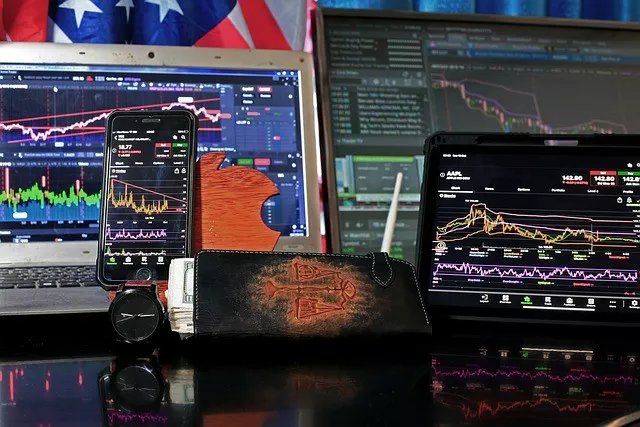In times of economic uncertainty and rising inflation, investors often seek safe-haven assets to protect their wealth. Two of the most popular options are gold and silver. Historically, both precious metals have exhibited a strong correlation with inflationary pressures, attracting investors as a hedge against the eroding effects of rising consumer prices. This article explores the dynamics between gold and silver prices and inflation, shedding light on their role as inflationary hedge assets.
1. Understanding Inflation and Its Impact
Inflation refers to the sustained increase in the general price level of goods and services in an economy over time. When inflation rises, the purchasing power of a currency diminishes, making it crucial for investors to find alternative assets that can preserve their wealth. Precious metals like gold and silver have been used as a hedge against inflation for centuries, as their value tends to rise during inflationary periods.
2. The Relationship between Gold and Inflation
Gold has long been considered a reliable store of value and a safe-haven asset during economic uncertainty. Its price is influenced by several factors, including interest rates, geopolitical tensions, and currency fluctuations. However, one of the most significant drivers of gold prices is inflation. When inflation accelerates, investors flock to gold as a safe store of wealth. The increased demand for gold drives up its price, making it an attractive investment option during inflationary periods.
Gold’s correlation with inflation is primarily due to its scarcity and the fact that its supply is relatively fixed. Unlike fiat currencies, which central banks can print at will, the global supply of gold increases at a slow and steady rate. As a result, its value tends to remain relatively stable over the long term, making it an ideal hedge against the eroding effects of inflation.
3. The Relationship between Silver and Inflation
Silver, like gold, is considered a precious metal and has also been utilized as a hedge against inflation. However, its relationship with inflation is slightly different from that of gold. Silver, in addition to being a store of value, has significant industrial uses, including electronics, solar panels, and medical applications. Therefore, the demand for silver is also influenced by industrial factors, in addition to inflationary pressures.
During periods of high inflation, the industrial demand for silver may decrease due to reduced economic activity. However, the investment demand for silver as a safe-haven asset often offsets any decline in industrial demand. As with gold, the limited supply of silver contributes to its value as an inflationary hedge.
4. Factors Affecting Gold and Silver Prices During Inflation
Several factors can impact the price movements of gold and silver during inflationary periods:
a) Interest Rates:
Generally, when inflation rises, central banks respond by raising interest rates. Higher interest rates can increase the opportunity cost of holding non-yielding assets like gold and silver, potentially dampening their prices. However, the impact of interest rates on precious metal prices during inflation is complex and may not always follow a direct correlation.
b) Market Sentiment:
Investor sentiment plays a crucial role in precious metal prices during inflationary periods. Heightened uncertainty and fear about the economy can drive investors towards safe-haven assets, leading to a surge in gold and silver prices.
c) Dollar Strength:
Gold and silver prices are inversely related to the strength of the US dollar. As inflation weakens the dollar’s purchasing power, precious metal prices, denominated in dollars, tend to rise.
d) Supply and Demand:
The supply-demand dynamics of gold and silver can influence their prices during inflationary periods. High demand for these precious metals as inflation hedges can drive up prices, provided supply remains relatively constant.
Conclusion
The historical performance of gold and silver as inflationary hedge assets has solidified their reputation as safe havens during times of economic uncertainty. Both precious metals have demonstrated a strong correlation with inflation, attracting investors seeking to protect their wealth from the eroding effects of rising consumer prices. However, it is essential to remember that market dynamics are complex and can be influenced by various factors beyond inflation alone.
Investors interested in utilizing gold and silver as inflation hedges should conduct thorough research, consider their own risk tolerance, and consult with financial experts before making any investment decisions. Diversifying one’s portfolio with a mix of assets, including precious metals, can help mitigate risks and enhance the potential for long-term wealth preservation during inflationary periods.


